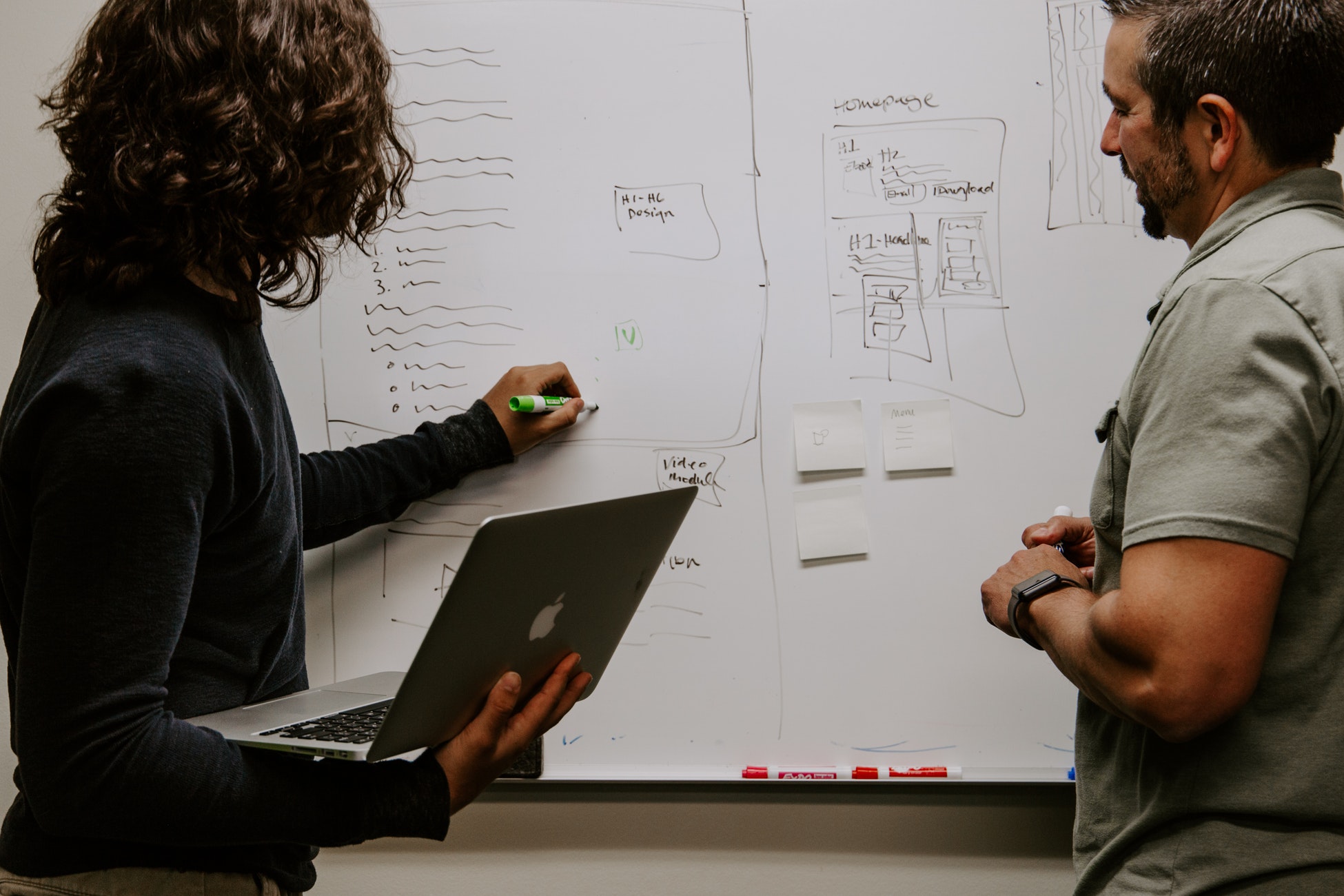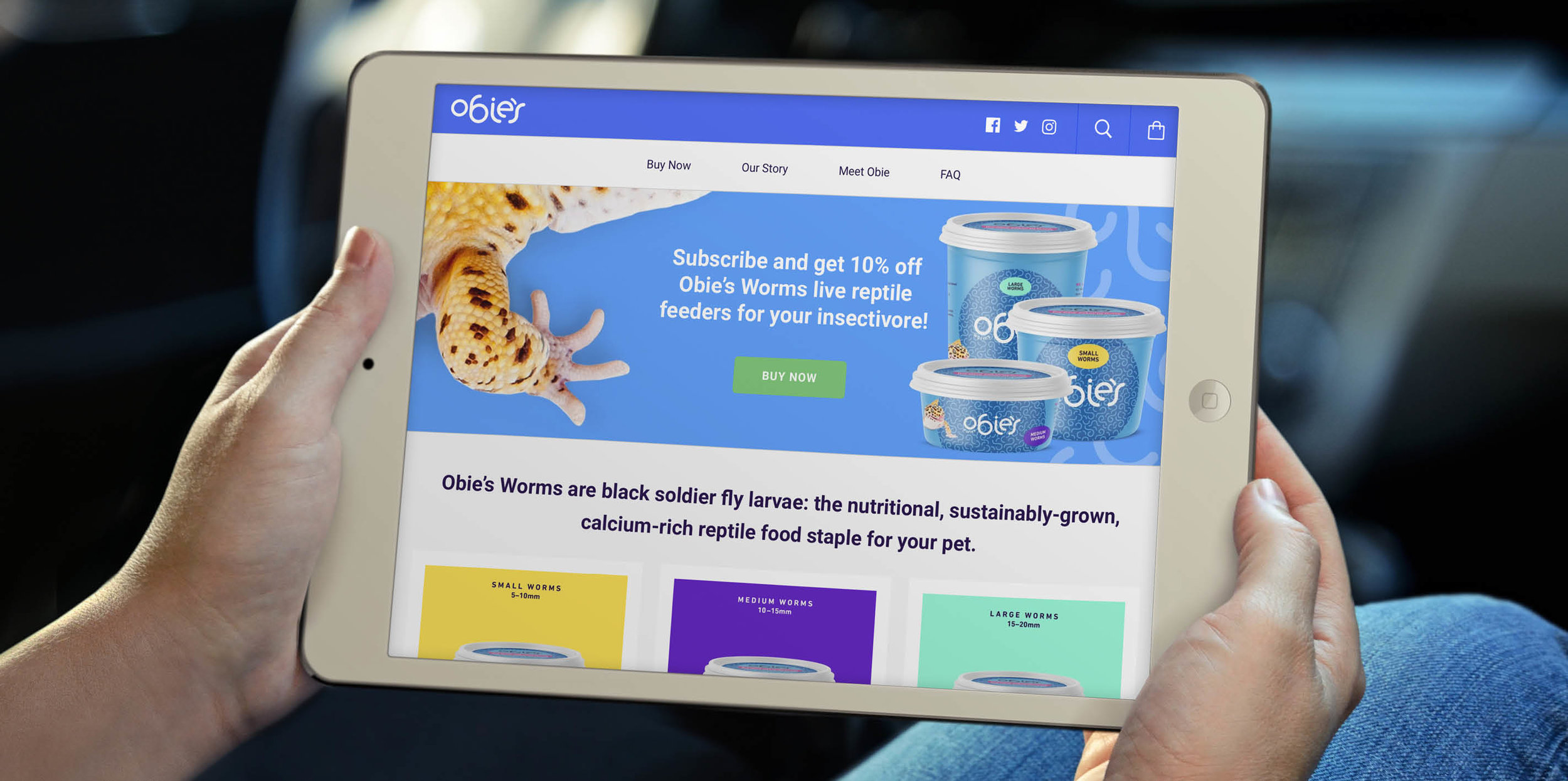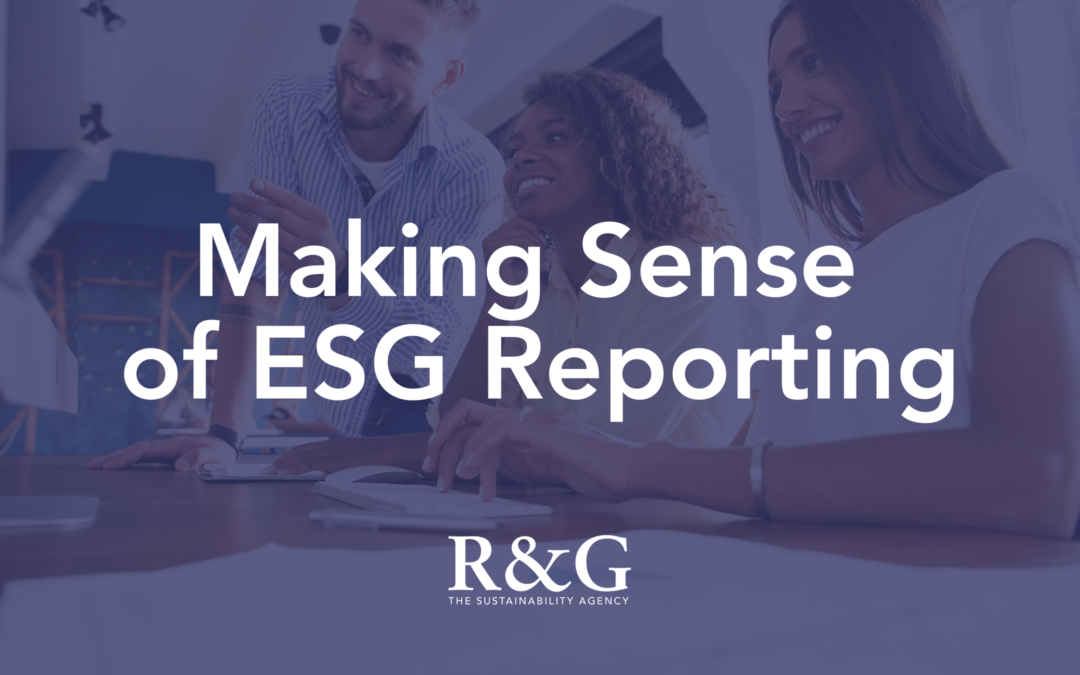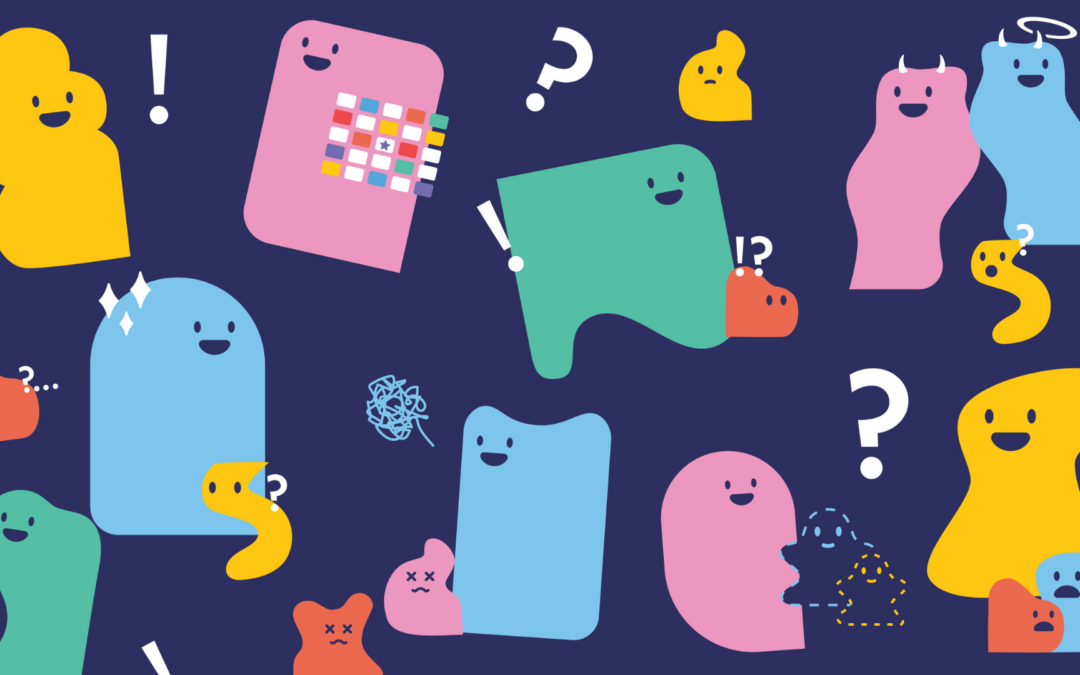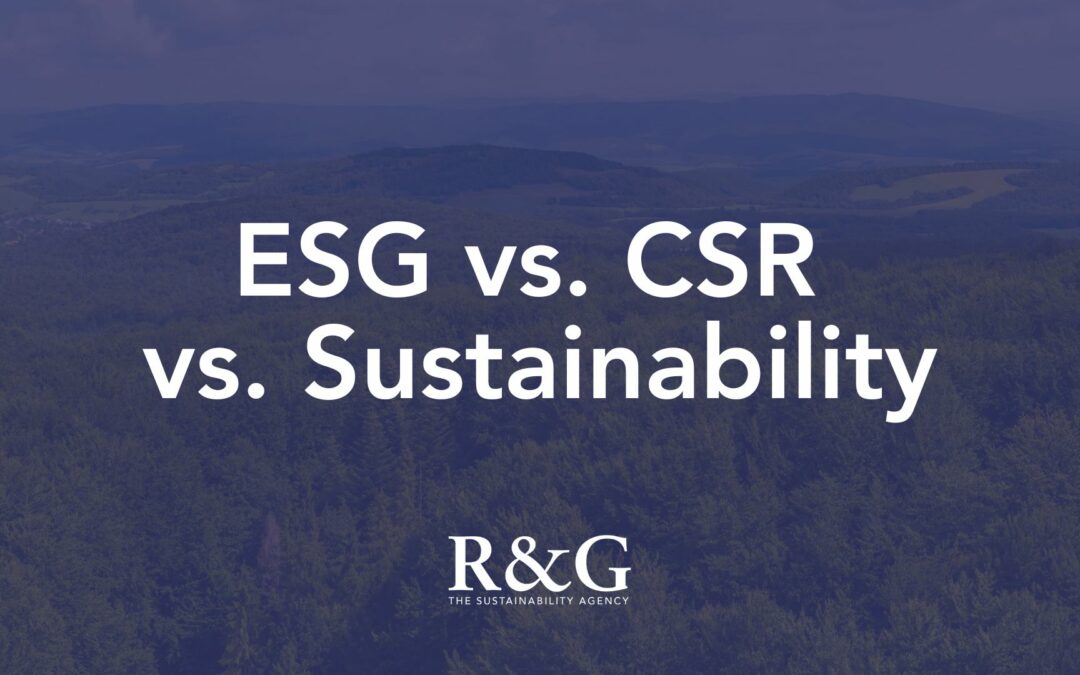Following these steps will help you determine if your idea is worth pursuing.
At R&G, we’re often approached by businesses with an idea for an online experience. It could be a website, responsive web app or an ecommerce platform. But one thing is the same—they want to know what it will take to turn their idea into a successful, targeted digital product.
It can seem like a daunting task if you’ve never done it before. So we’ve broken down the ideation and planning phases for you.
STEP 1: Ideation
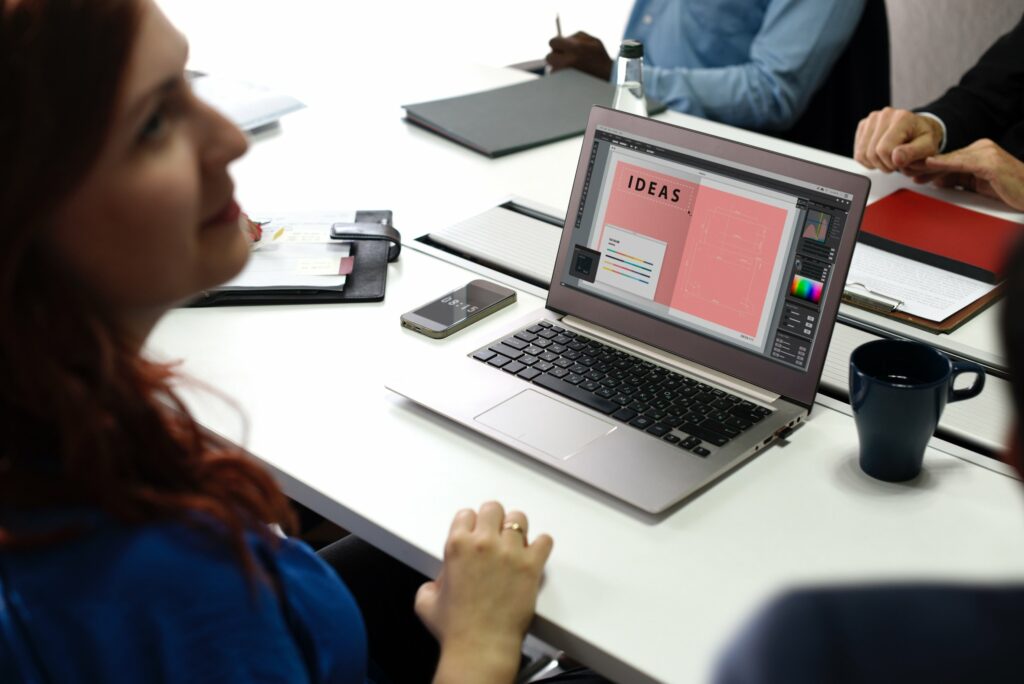 Although you’re likely reading this with a big idea in mind, you need to fully evaluate it before jumping straight ahead to building. Each of these exercises will help you make educated decisions before you start building.
Although you’re likely reading this with a big idea in mind, you need to fully evaluate it before jumping straight ahead to building. Each of these exercises will help you make educated decisions before you start building.What is your value proposition?
One of the first questions you should be able to answer is how your product solves customers’ problems. Clearly define and quantify what’s in it for them. A good starting guide is the 30 elements of consumer value which address four kinds of needs: functional, emotional, life changing and social impact.
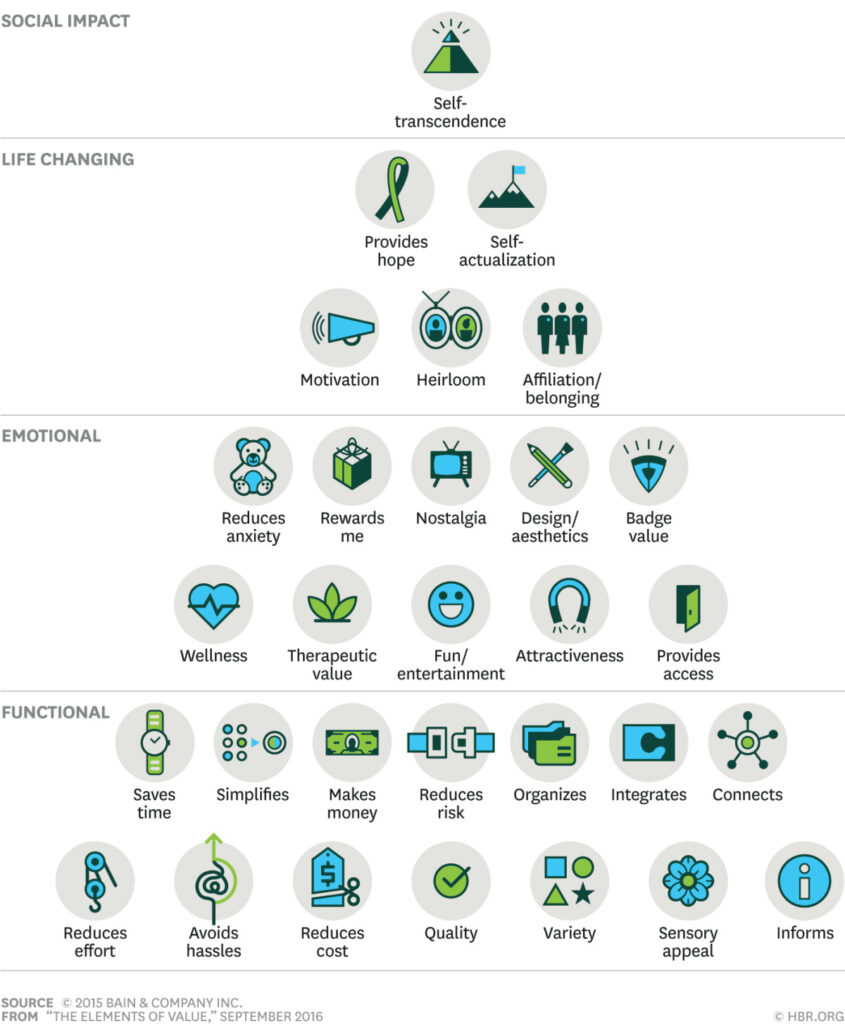
Who is your target audience?
The target audience is the core set of users who will use the product and get the most out of it. Digital experiences are built with real people in mind and defining those groups will be critical to your success.
We recommend splitting up insights on your target audience into demographic and psychographic categories. Demographics are more statistical in nature and include metrics like age, gender, income, education level, occupation and so on. Psychographic data is more subjective and tries to identify things like attitudes, motivations, values and behaviours. Demographics are the “what” and psychographics are the “why”.
What features will be included?
You don’t have to build every feature into your product. Take some time to brainstorm all of the possible features and evaluate how much value each one brings and how often it will be used. Identify what features will be must-haves and what features could be introduced down the road or left out altogether.
Here’s a good way to conceptualize it: If your goal is to light a dark room, a candle is one of the simplest ways to accomplish that goal. If you want to be able to easily turn the light on and off, you may upgrade to a lamp. But do you need the light to change colour based on temperature and turn on and off by clapping? You’ll have to be the judge of that.

STEP 2: Planning
Now that you know what you want to build, let’s take a look at how to build it.
Are there any technical considerations?
At some point, somebody is going to have to build something. The importance of making the right considerations and understanding the potential hurdles during the development of a digital product or experience can’t be overlooked. It’s often the difference between finishing within budget and cutting your losses with a half-finished product.
It’s alright if you don’t have the technical expertise to determine how large each component of the build will be. There are many ways you can build digital product. You can hire freelancers, build your own team or partner with an agency.

What is your budget?
Technical considerations and the type of team you’re building can really change the price of your project. It’s important to have a defined budget so your chosen team can help you work through what features are feasible for your first build.
What does your product roadmap look like? How and when will you launch?
Once you’ve considered all of these, start planning out which features will launch first and how you will market it. Don’t forget to create a budget for branding, marketing strategies and campaigns too, as they are easy to overlook, but are crucial to your project’s success.
Here’s what to do next
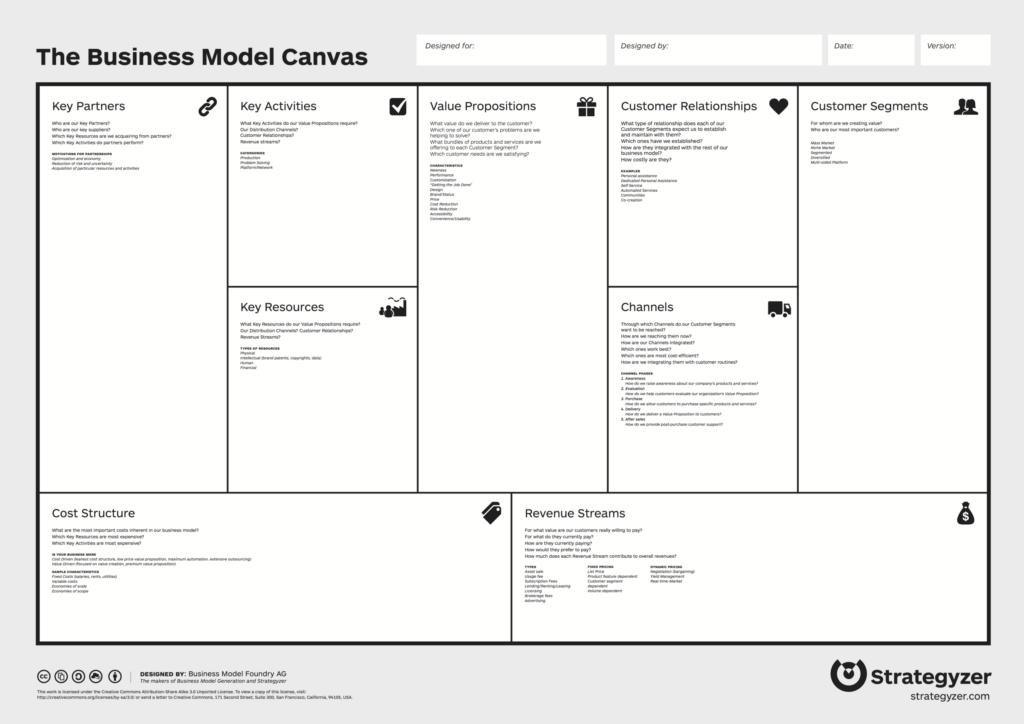
Business Model Canvas: nine business model building blocks, Osterwalder, Pigneur & al. 2010
You’ve thought through your idea and have a preliminary plan for how to build it. What’s next? We recommend running through the business model canvas to nail down if your idea is worth pursuing. It’s a great tool you can use to describe, design, challenge, and pivot your business model.
That concludes the ideation and planning phase. Your idea is well thought out and you have a plan for how to build it. Even though there is still a long journey ahead to a finished product, you have a clear destination, and a map of how to get you there.
Want to talk specifically about how these tools can help make your online project a reality? Would you like to evaluate and plan with us? Have a chat with our Strategy Lead, Sarah Riley!
